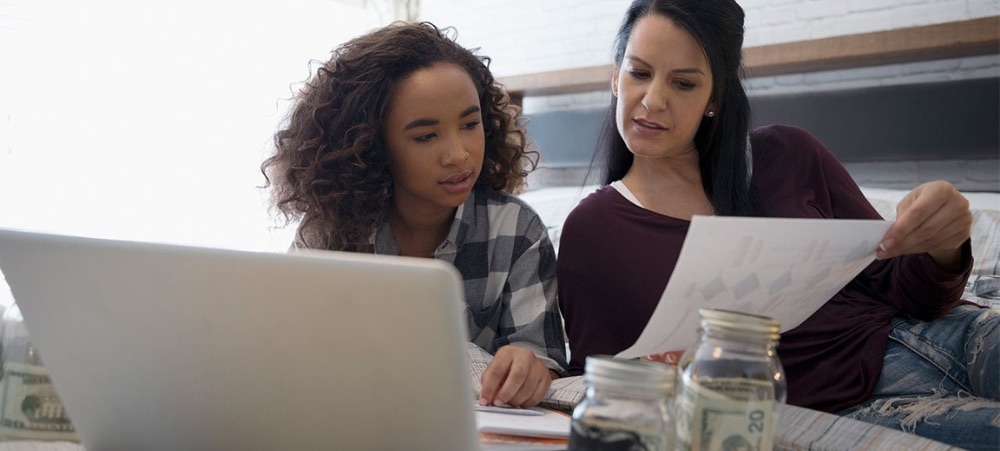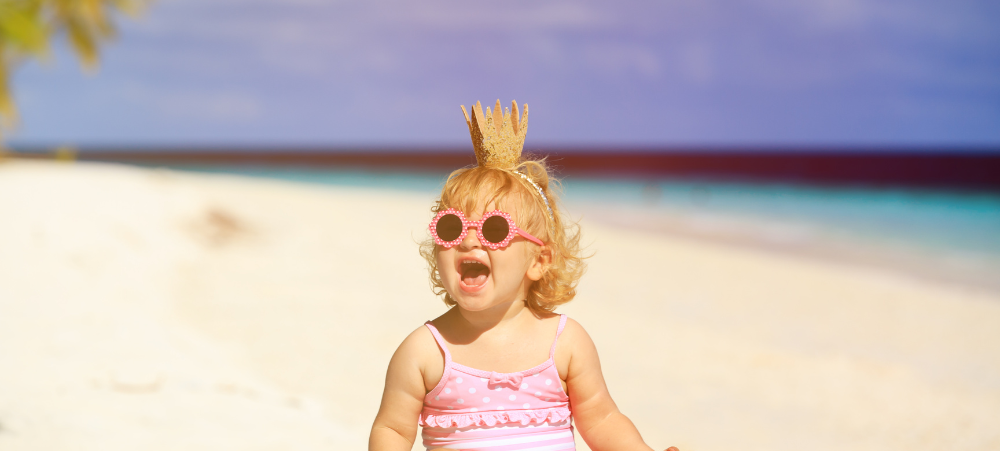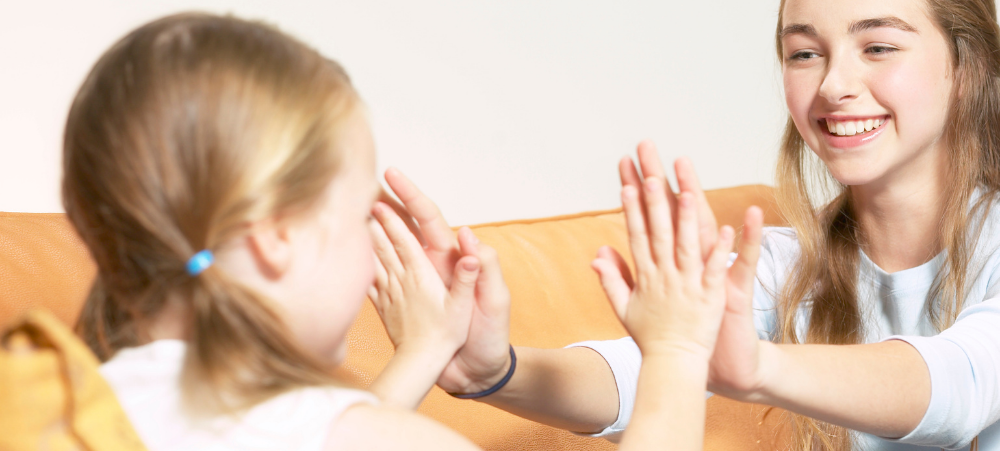The onset of adolescence is a very challenging time for both teens and their parents. It is a time that is marked with rapid changes, and it is also when many expectations are placed onto teenagers – academic and sporting responsibilities, social pressures, the development of self identity and emerging freedoms. With increased independence come increased responsibility and the pressure to fit into social groups. The teenage brain is still growing, and it is different to the brain of an adult. Nancy Mucklow, in her book The Sensory Team Handbook, explains how the pre-frontal cortex of a teenager is still developing higher functions of impulse inhibition, emotional regulation, decision-making, attending, and behavior planning and organisation. The cerebellum, responsible for muscle coordination, is also still changing, as is the Corpus Collosum, a thick cable of nerves that connects the two halves of the brain. Due to this ongoing development happening in the teenage brain, skills such as creativity and problem-solving are not yet what it will be once the brain is fully developed. The brain is an amazing thing and it is teaching itself at all times. Teens need to explore, try things out, look at positives and negatives, and make their own decisions. In addition to all the challenges they face, teenagers also need to be aware of the impact of the environment on their sensory systems. They need to understand how their sensory systems work and why it matters in their day-to-day functioning. Not understanding the effect of sensory overload and responses to sensory overload may result in one or more of the following: Inability to focus Easily irritable Disorganisation Lethargy Impulsivity Risk taking Forgetfulness Adopting bad habits First defined by Patricia Wilbarger, a sensory diet is a carefully planned and personal activity plan that provides the sensory input a person needs to stay focussed and organised throughout the day. Just as you may jiggle your knee or chew gum to stay awake or soak in a hot tub to unwind, teens need to participate in stabilising, focussing activities too. Everyone can benefit from a personalised sensory diet. Each person has their own thresholds to sensory input, but they may not have the insight on how to cope with an overloaded and stressed sensory system. Teens need to determine their own unique sensory needs and preferences to promote body and brain function. Creating a sensory diet for teens will help them to develop healthy habits of self regulation that will help them function optimally as adults. Benefits of creating sensory diets for adolescents include: Increased self-awareness Improved ability to self nurture Increased resilience Increased self-esteem and body image Improved ability to engage in meaningful life roles Improved ability to engage in social activities Improved ability to cope with triggers and stress Improved ability to make informed decisions Engage your teen in identifying the events and occasions that make him or her feel overwhelmed, irritable and lethargic. Parents, teens and teachers can each keep a journal recording what they have seen and how the teen dealt with the situation. Think of the times at home, school and socially where experiences were negative and what the possible triggers could have been. Also note the activities that help with calming and regulation, and that lead to the teen feeling better. The activities or things that lead to regulation are what the teen will place in his or her sensory toolbox or sensory kit. A sensory toolbox or kit is a bag, box or container that holds a variety of sensory tools that can be used to both calm or stimulate a person’s sensory system. A sensory kit is unique to each person as each one is unique in their sensory needs. Trial and error will result in finding the right tools for each person. Sensory diets and toolboxes should include and involve all the senses, and the teen should be encouraged to make use of regular sensory breaks to stay regulated. A sensory break is another way of taking a regular old break from seated activities or sedentary activities. It is a time used to gain the needed sensory input in our bodies to stay alert, on task, and focussed. Sensory breaks for teens should take place at least every 45 minutes. For the thrill-seeking teenager encourage fun, but safe activities such as rock wall climbing, horse riding, running, and martial arts. These activities add intensity to the sensory diet without putting the teen in danger. Sensory tools in all the sensory systems can be used as alerting, calming and organising strategies. Alerting strategies and activities: Alerting activities are used for those who look for sensory input or who are unaware of the sensory experiences in their environment. Sensory seekers often need to be bombarded with sensory input in order to register what is happening around them or to stay alert. Fidget toys – Play with “fidget toy” for hands, such as small stress ball Crunchy, spicy, sour and salty foods – Pretzels, carrots, apples, granola, and other crunchy foods Fast and irregular movements – Spinning on a swing or other equipment (can quickly become over-stimulating – use caution!) Lively music – Dancing to rock, jazz, rap, or fast kids music A brightly lit room (full spectrum or natural light) Rocking quickly in a rocking chair Running, skipping, galloping for at least 1-2 minutes (any type of aerobic exercise, really) Jumping in place (trampoline, jumping jacks, jumping rope, etc.) Motor breaks during school – stand and stretch, run an errand for teacher, walk to bathroom, etc. Push on wall as if to move wall Do “chair push-up” in sitting by lifting bottom off floor or chair, holding self up with arms Carrying a stack of books, laundry, groceries, or something else approx. 5% of body weight Drinking grapefruit, cranberry or other tart juice – try partially freezing it Drinking through a long, thin straw, or reg. straw w/thick liquids (stimulates deeper breathing) Cold shower or cold water on face or arms



































